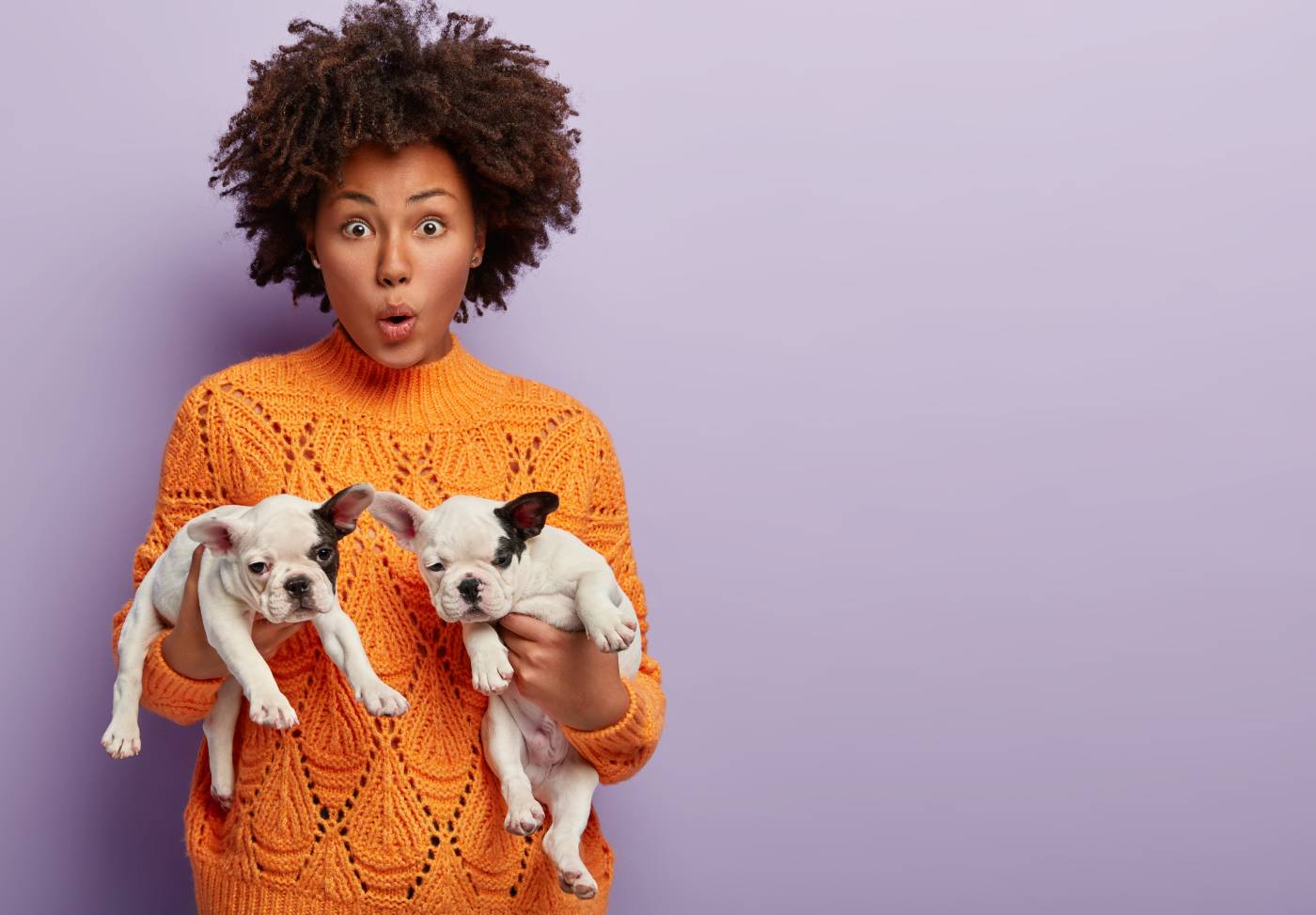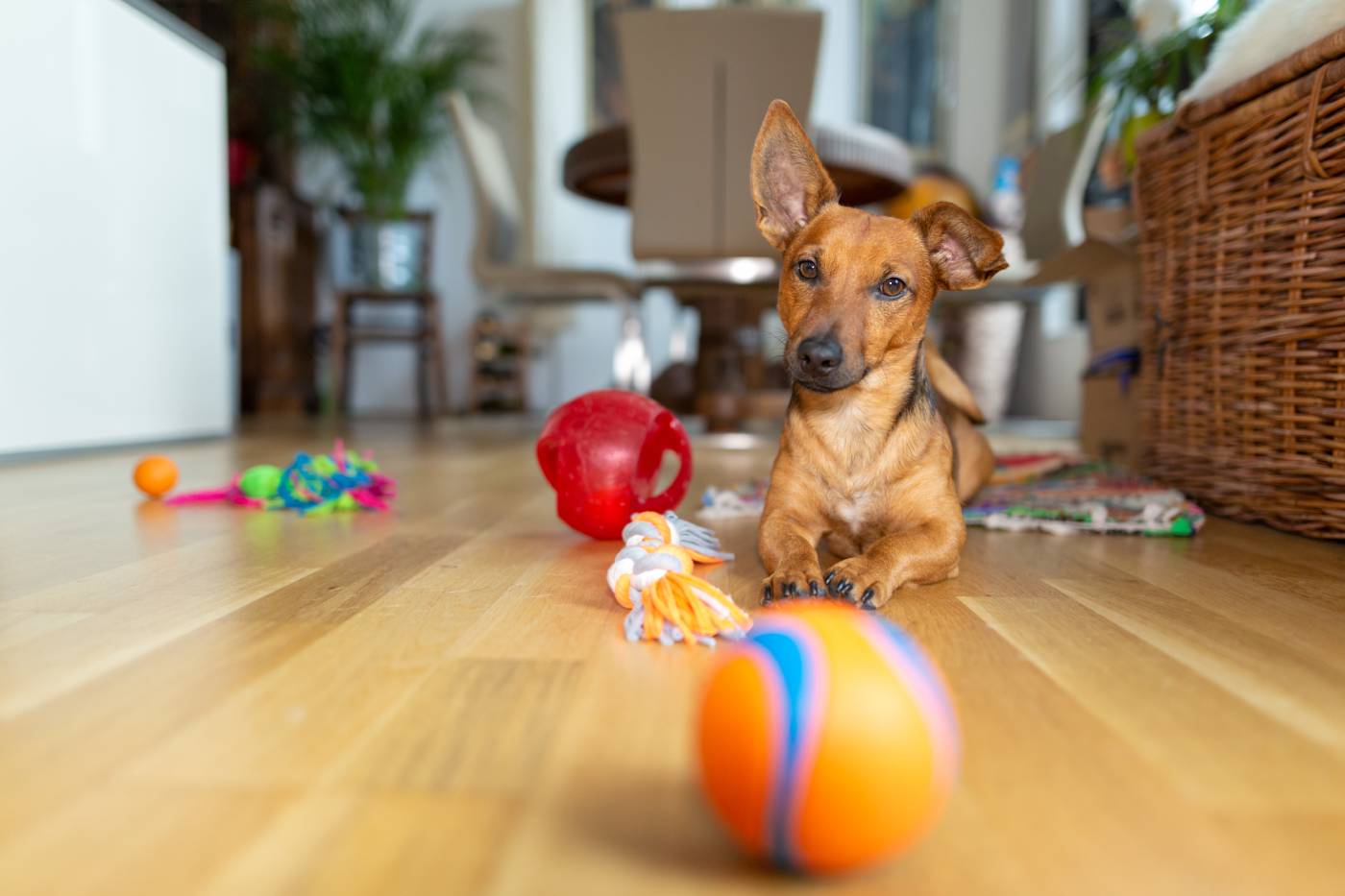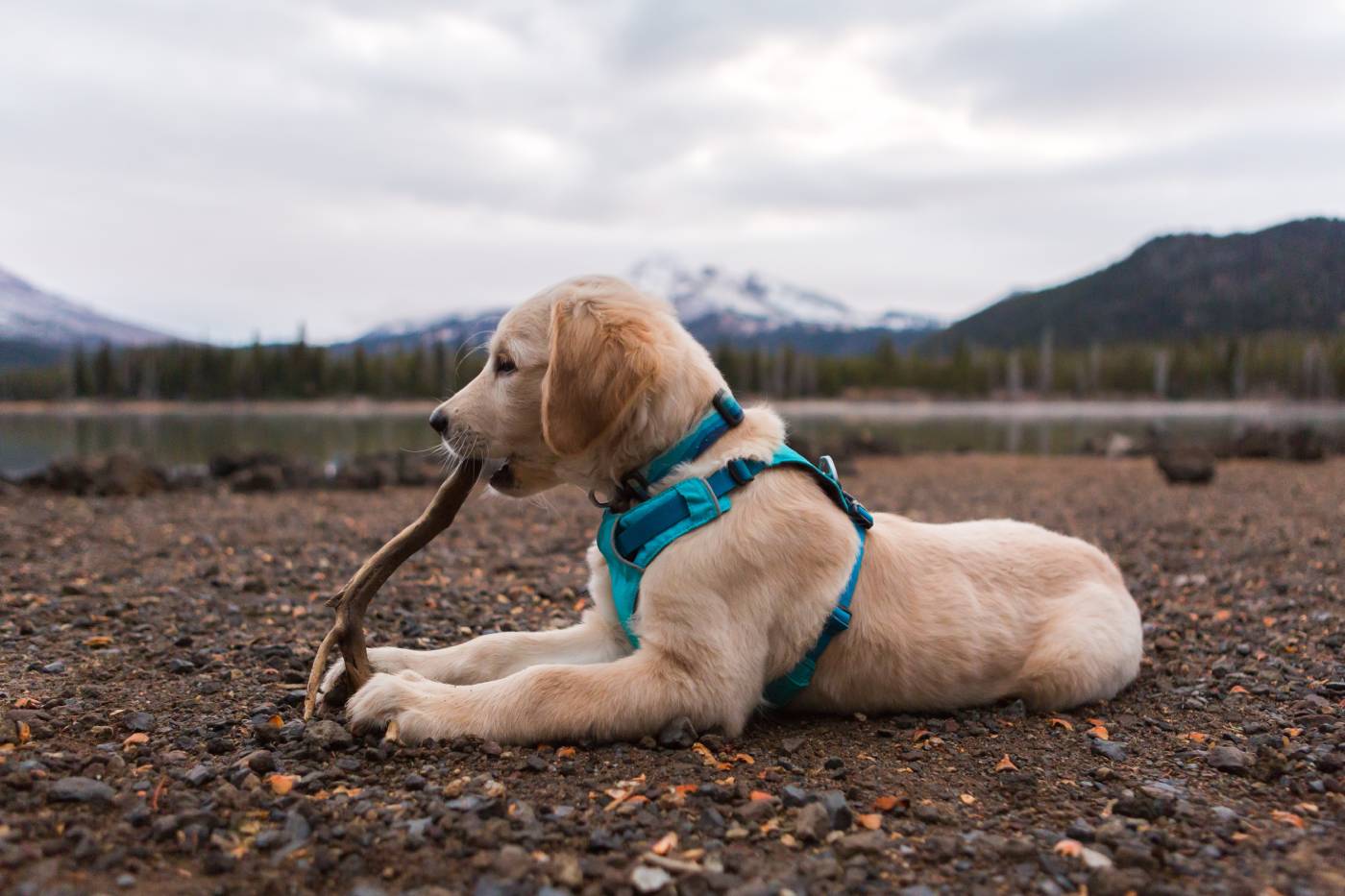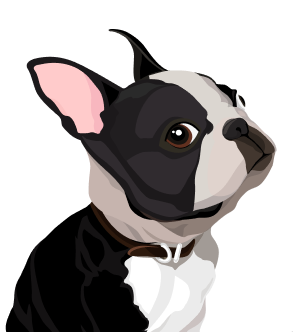Socialization is essential for helping your puppy develop into a happy and safe dog who is a pleasure to live with. So, what age is best for socialization and how do you start socializing your puppy?
Is it necessary to socialize a puppy?
Well, this question is quite a controversial one. Some may say that a healthy and balanced puppy with a strong nervous system quickly and without unnecessary stress adapts to new conditions or stimuli by themselves. Well, that makes sense. However, it’s never worth playing Russian roulette, especially when it comes to your beloved pet.
We believe that an unobtrusive socialization, which is carried out in time, will at least help the puppy to adapt faster to the environment and everyday things, and even prevent the development of fears and phobias, which are much more difficult to correct than to prevent.
What age is best for puppy socialization and how should it be carried out?
Puppies are most susceptible to new experiences between two and six months of age. This is the most favorable time for socialization.
However, you can start puppy socialization earlier. For example, as soon as a puppy opens their eyes and begins to move around the room, they may contact different new people, children, and the elderly. This will be the simplest socialization. You can simply bring some new items to the room so that your puppy will get acquainted with them.
While the puppy is in quarantine, you can not waste time in vain. You can start with passive socialization. Take your puppy outside on the street in your hands (if the puppy’s weight allows it, of course).

You can introduce your puppy to your future walk route, go to the park, visit the store or pharmacy, take the subway, or use other public transport.
Of course, in this stage, your puppy won’t be able to walk with their paws, feel different surfaces, or taste or sniff different objects. But they will sense different smells, hear different sounds, and look at what is happening around them.
At home, you can introduce your puppy to a variety of different surfaces. You can build a kind of “obstacle course”. Use whatever you have in your apartment: different placemats, trays, and plastic bags. Let your puppy play with the surfaces — touch, smell, and run over wood, plastic, bubble wrap, a sheet of foil and various soft surfaces.
Safe ways to socialize a puppy who is in quarantine
Use the quarantine time to introduce your puppy to a very useful “check” command. With the help of this command, your pup will be able to walk around and check the items that may look scary or confusing.
Put a new object in a room where you and your puppy are. This object may be, for example, an overturned bowl, a backpack, or a box. As soon as your puppy looks at this object, praise them and give them a treat. You may come closer to this object together with your puppy. Never force your puppy to approach the object, they should make their own decision to come closer.

At the moment when your dog sniffs the object, give the “check”command, praise your puppy for their courage, and give them a treat.
How to socialize a puppy when they can go outside?
Going outside is an opportunity to regularly work on your dog’s socialization.
Come up with new routes where your puppy can meet new objects. Stadiums, schools, markets, public transport, forests, snowmen, cyclists, roller skaters — all this is new, interesting and a bit scary for your puppy.
Give your puppy the opportunity to get acquainted with the diversity of the world around them. Show them that new does not mean dangerous. The only thing is, of course, to make sure that your puppy is safe.

Communication with other dogs is also a very important part in the process of your dog’s socialization.
The more breeds they see, the easier communicating with different dogs will be later.
So, your task is to show your puppy as many representatives of various breeds as possible.
For example, introduce your pup to bearded dogs, black fluffy dogs, brachycephalic breeds, beak-eyed dogs, bald dogs, and so on.
Your dog will learn to conduct a dialogue with other dogs, show them when they want to play, explain that they feel uncomfortable, avoid conflict, or enter conflict with the help of the dog’s ritual movements.
Yes, being born a dog does not mean that your dog will be able to speak fluent “dog language”. Dogs should learn how to speak “fluent woof,” ideally, from puppyhood.
The most important thing to keep in mind is not to overdo anything. All information should be digested in portions, keeping a close eye on the puppy’s reactions.
Don’t rush the socialization process. Intense psycho-emotional stress can lead to the opposite effect. Normalize stimuli and do not forget that cortisol (a stress hormone released in overwhelming situations) is removed from the blood in an average of 72 hours.
Let your little one relax and enjoy a calm walk in a familiar place with you, their beloved human.
